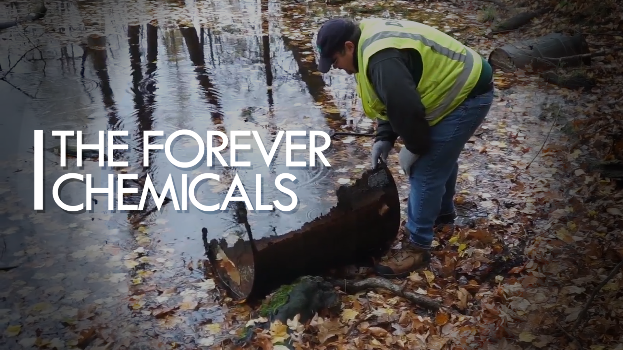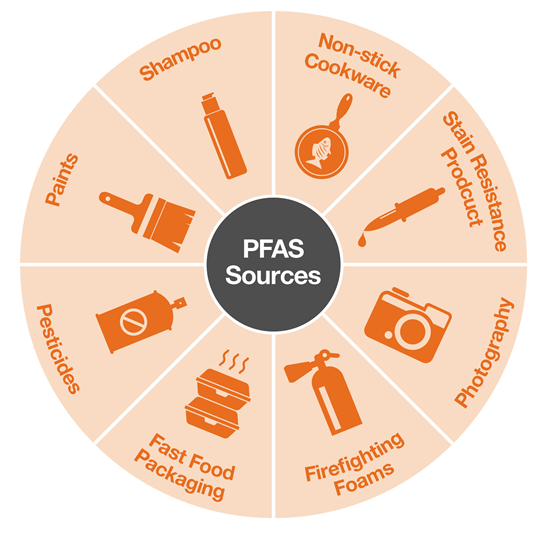Free Courses Sale ends Soon, Get It Now


Free Courses Sale ends Soon, Get It Now



Disclaimer: Copyright infringement not intended.
Context
PFAs
About

Impact
Findings and Concerns
Way Ahead

© 2024 iasgyan. All right reserved